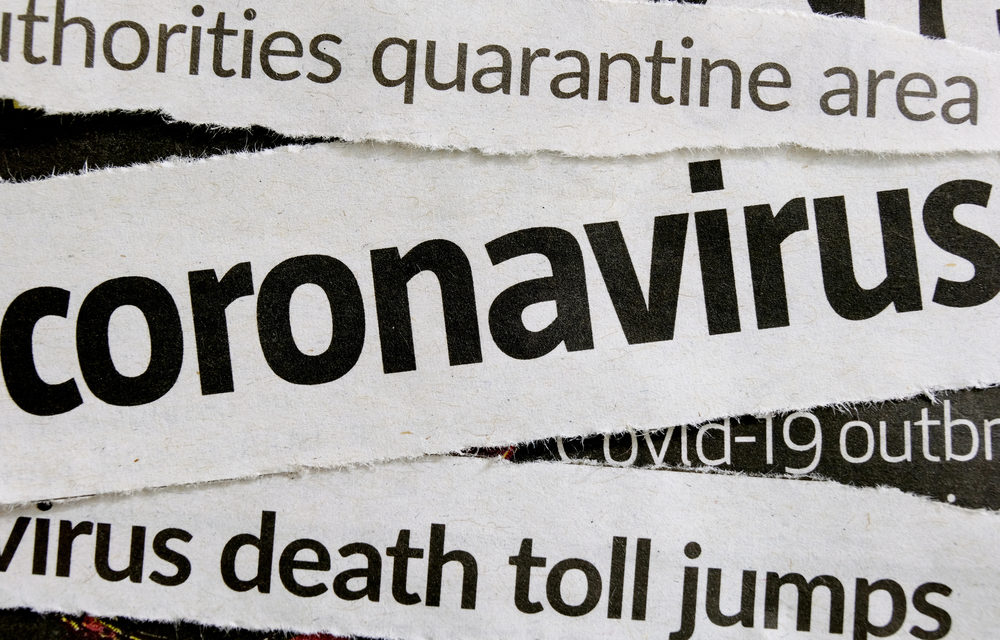California’s coronavirus death toll reaches staggering number
California’s coronavirus death toll is staggering, reaching a milestone — 70,000 — few could ever have imagined.
Despite the mind-boggling toll, California rose from the latest infection surge with the lowest rate of new cases among all states.
Last year at this time, cases in the state started spiking and, by January, California was experiencing the worst spike of the pandemic, becoming the nation’s epicenter for the virus. Daily deaths approached 700.
The latest surge started in summer and was driven by the delta variant, which primarily targeted the unvaccinated. At its worst during this spike, California’s average daily death count was in the low 100s.
Data collected by Johns Hopkins University showed the state with 70,132 deaths by midday Monday. It’ is the most in the nation, surpassing Texas by about 3,000 and Florida by 13,000, although California’s per capita fatality rate of 177 per 100,000 people ranks in the bottom third for the U.S.
Riverside County also recently exceeded 5,000 deaths. There have been a total of 5,063 deaths reported in the county since the beginning of the pandemic, according to data released Friday.
“There’s very little if anything ever to compare that to,” Dr. Mark Ghaly, California’s health secretary, said of the level of deaths to the Associated Press.
“Take a moment of silence and reflection on what that’s meant for Californians,” he said. “Families that have lost more than one family member, key breadwinners, people who couldn’t protect themselves.”
California is in a much better situation as it enters the colder months this year. It has been a national leader in vaccinations while others who survived the virus acquired a natural immunity that also helps prevent severe illness and death.
Even if there is a new surge, “the level of life-altering behaviors may be different this time around than we saw last winter,” Ghaly told The Associated Press.
He does not expect California to lock down as it did last year with business closures, social distancing requirements and capacity restrictions.
“That is not what we’re talking about,” he said. “I think vaccines plus masks in certain (indoor) settings is going to be a significant support of us getting through anything that COVID throws at us in the future.”
More than 70% of Californians are now fully vaccinated and another 8% are partially vaccinated. That compares to about one-third who had antibodies against the coronavirus in February, before the rollout of vaccines and as California was recovering from a surge that strained hospitals to the breaking point.
In Riverside County, 58.8% of individuals ages 12 and older are fully vaccinated, while another 7.2% are partially vaccinated. More than 2.6 million vaccine doses have been administered in the county, the fifth-highest rate in California, according to state data.
COVID-19 cases are occurring largely among unvaccinated populations, according to state data. For the week of Sept. 19 through 25, the average case rate among unvaccinated Californians ages 16 and older was 43.5 per 100,000 per day. Vaccinated individuals face a lower rate of 6.1 per 100,000 per day.
California was the first to impose a statewide stay-at-home order, in March 2020, and that aggressive action by Gov. Gavin Newsom was credited by many with sparing the state from the kind of surge that devastated New York City early in the pandemic.
Newsom was later criticized for being too slow to remove restrictions on businesses and activities. He ultimately faced a recall election last month and voters overwhelmingly chose to keep him in office.
Newsom recently announced the nation’s first plan to require all eligible schoolchildren to be vaccinated. The state also requires masks in school.
Image Sources
- Coronavirus Death Toll: Shutterstock




![Enrolling Now, Rewarding Careers Ahead [Sponsored]](https://ukenreport.com/wp-content/uploads/2024/04/COD_heroes_1-1385-2-440x264.jpg)


